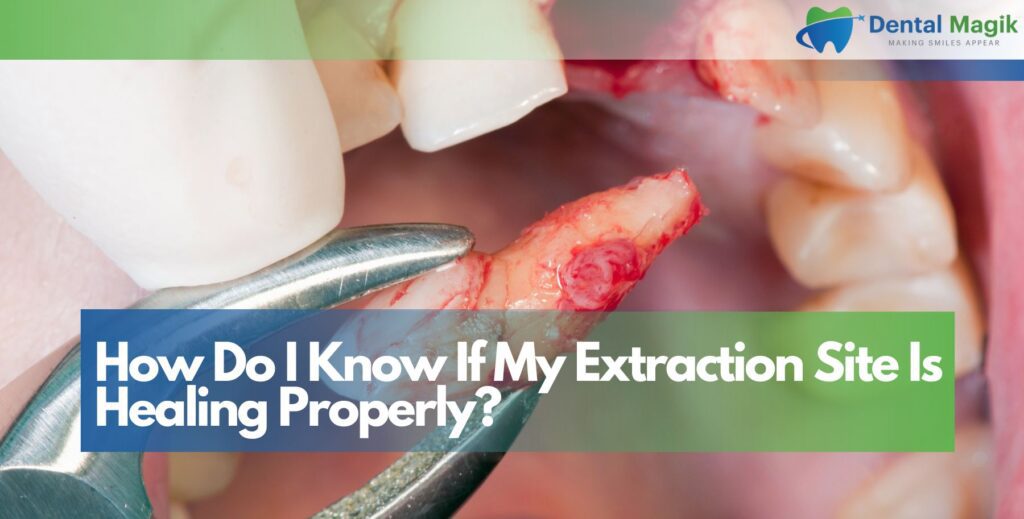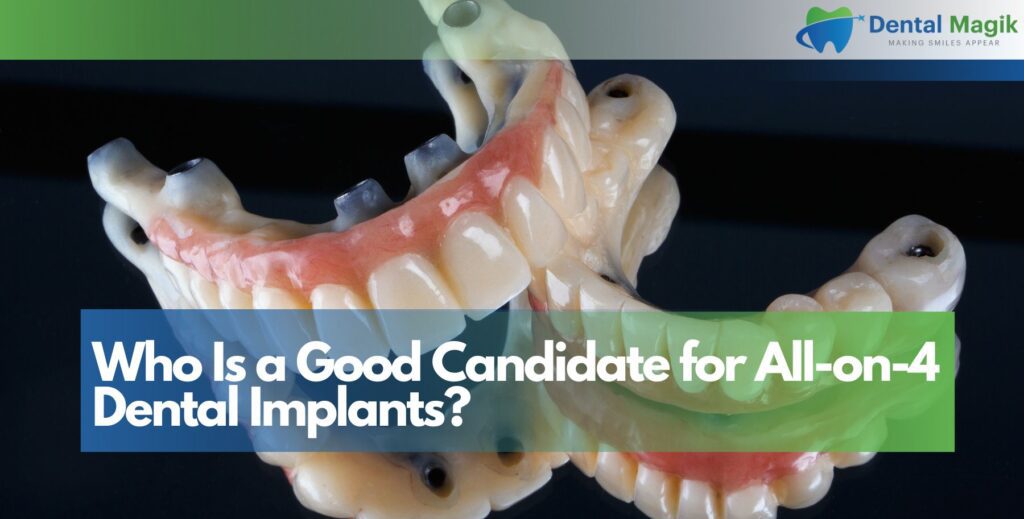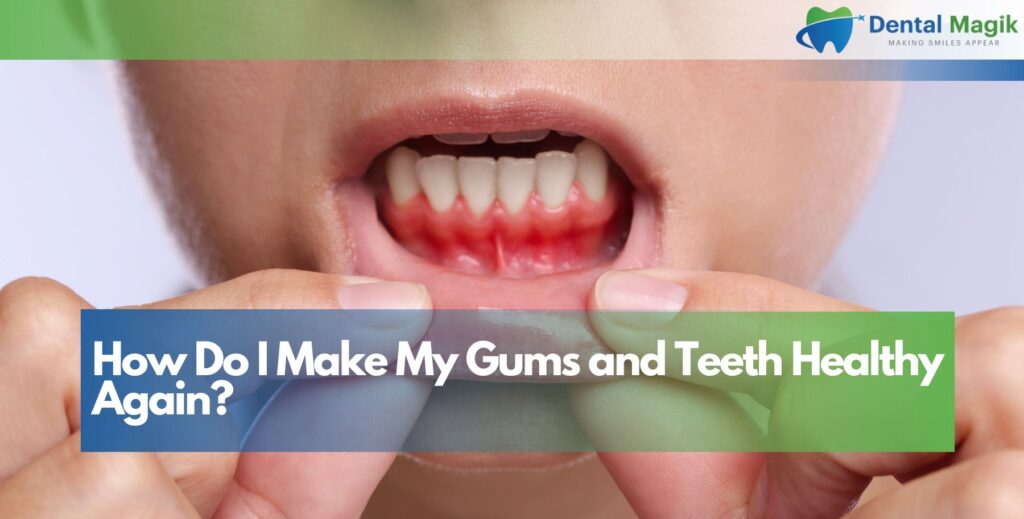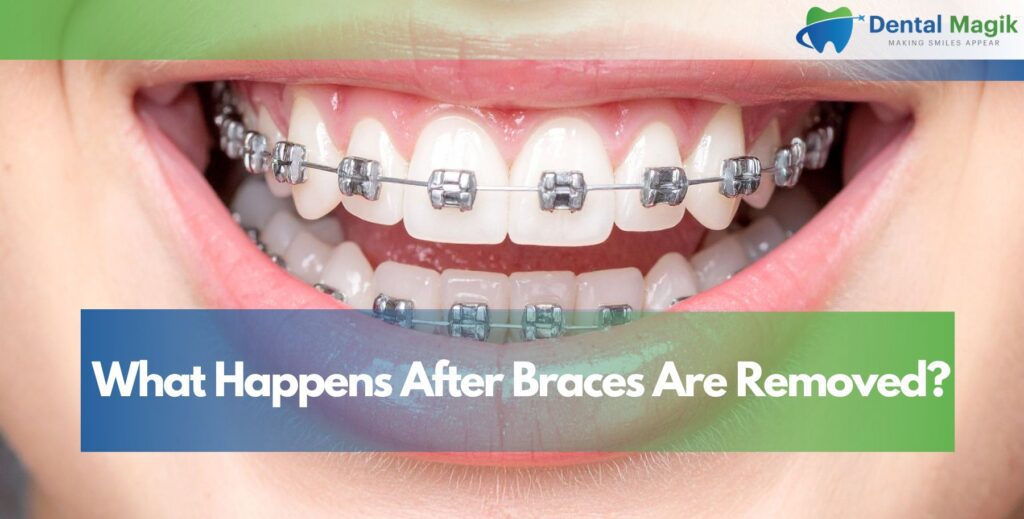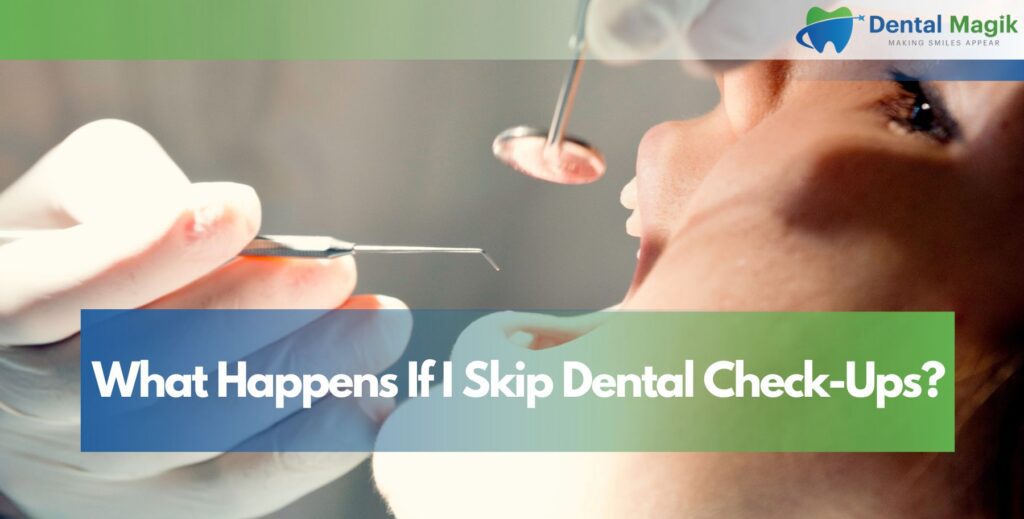Wisdom tooth extraction is a common dental procedure, especially for teens and young adults. While the surgery itself is usually quick and safe, recovery from a wisdom tooth extraction can take time and care. Proper aftercare plays a major role in healing and preventing complications like dry socket or infection.
If you’re wondering what to do after the procedure and how to speed up your healing, this comprehensive guide shares everything you need to know for a smooth and quick recovery from wisdom tooth removal.
Why Wisdom Teeth Are Removed
Wisdom teeth, also called third molars, typically erupt between the ages of 17 and 25. For some people, they come in without issues. For others, they cause pain, crowding, or infection due to:
- Impacted growth (stuck under the gum or jawbone)
- Pressure on other teeth
- Tooth decay or gum disease
- Formation of cysts or damage to nearby roots
Dentists often recommend wisdom tooth extraction to prevent long-term oral health problems.
What to Expect After Wisdom Tooth Removal
Recovery starts right after the procedure. Your dentist or oral surgeon will place gauze over the extraction sites to control bleeding and may give you pain medication or antibiotics.
Typical recovery timeline:
- Day 1–2: Swelling and discomfort
- Day 3–5: Bruising and soreness peak, then begin to subside
- Day 7–10: Most swelling goes down, stitches may be removed (if not dissolvable)
- Week 2+: Healing continues internally
Important Note: Full healing of the extraction site may take several weeks, even if discomfort subsides early.
Tips for a Fast Wisdom Tooth Recovery
Following the right care routine can reduce pain, prevent complications, and speed up healing. Below are the most effective aftercare tips.
Follow Post-Operative Instructions Carefully
Your dentist will give you detailed post-op instructions. These often include:
- When to change gauze
- When to take medication
- When to resume eating solid foods
- How to clean your mouth
Following these guidelines ensures the best possible recovery.
Control Bleeding with Gentle Pressure
Bleeding is normal for the first 24 hours. Use clean gauze and bite down gently to apply pressure. Replace gauze every 30–45 minutes as needed.
Avoid spitting or using straws, as this can dislodge the blood clot and lead to dry socket.
Apply Cold Compresses for Swelling
Use an ice pack or cold compress on your cheek for the first 24–48 hours to reduce swelling. Apply it in 15- to 20-minute intervals with breaks in between.
Swelling usually peaks around day 3, then begins to subside. After 48 hours, switch to warm compresses to boost circulation and healing.
Take Pain Medication as Prescribed
If your dentist prescribes pain relievers or anti-inflammatory medication, take them as instructed—don’t wait for pain to worsen.
Over-the-counter options like ibuprofen or acetaminophen are effective for reducing swelling and discomfort. Avoid aspirin, which can increase bleeding.
Stick to Soft, Nutrient-Rich Foods
In the first few days after surgery, eat only soft foods that don’t require much chewing. These include:
- Mashed potatoes
- Yogurt
- Applesauce
- Scrambled eggs
- Soup (lukewarm, not hot)
- Smoothies (without a straw)
Avoid hard, crunchy, or spicy foods until your mouth heals.
Hydration is crucial, but always sip slowly and avoid suction motions.
Keep Your Mouth Clean (But Gently)
Maintaining oral hygiene after surgery is important—but be gentle.
- Don’t brush near the extraction site for the first 24 hours
- After 24 hours, gently rinse with warm saltwater (½ tsp salt in 8 oz water) several times a day
- Avoid mouthwash that contains alcohol
Tip: Continue regular brushing on unaffected areas to reduce bacteria.
Get Plenty of Rest
Your body heals faster when it’s rested. Avoid physical activities for the first 48 to 72 hours, including:
- Exercise
- Lifting heavy objects
- Bending over
Keep your head elevated while sleeping to minimize swelling.
Avoid Smoking or Vaping
Smoking delays healing, reduces blood flow, and increases the risk of dry socket. Refrain from smoking for at least 72 hours, but ideally for a full week.
Nicotine can also interfere with tissue regeneration, making it harder for the gums to close properly.
Monitor for Signs of Infection or Complications
While mild pain and swelling are expected, watch for:
- Severe or worsening pain
- Persistent bleeding
- Foul taste or odor
- Fever or chills
- Pus or swelling beyond day 3–5
These may signal infection or dry socket. Contact your dentist immediately if you notice any of these.
Attend Your Follow-Up Appointment
Even if you feel fine, your dentist will check for healing progress and remove any non-dissolvable stitches during your follow-up.
Missing this appointment may delay healing or prevent your dentist from catching early signs of complications.
What is Dry Socket and How to Avoid It?
Dry socket occurs when the blood clot that forms after surgery gets dislodged or dissolves too early. Without that clot, the bone and nerve endings are exposed, causing intense pain and delayed healing.
Symptoms of dry socket include:
- Sharp, throbbing pain days after extraction
- Bad breath or taste in the mouth
- Visible bone in the socket
- Radiating pain to ear or temple
To avoid dry socket:
- Don’t smoke or vape
- Avoid straws
- Don’t rinse vigorously
- Don’t spit forcefully
- Avoid crunchy or sticky foods
How Long Does It Take to Recover from Wisdom Tooth Surgery?
- Day 1–2: Swelling and bleeding
- Day 3–5: Peak discomfort; manage with rest and cold packs
- Day 7: Stitches may be removed
- Week 2: Most healing complete
- Week 3–4: Gum tissue closes
- Months 2–3: Bone fills the socket completely
Every patient is different. If your wisdom teeth were impacted or surgically removed, recovery may take slightly longer.
When to Resume Normal Activities After Surgery
You can resume light tasks like walking or working from home within a couple of days. But avoid:
- Heavy lifting
- High-impact sports
- Drinking through a straw
- Eating crunchy foods
Wait 5–7 days before returning to full physical activity unless your dentist says otherwise.
Ask your dentist before resuming gym or sports.
Natural Remedies That Support Healing
While professional care is most important, natural remedies can support your recovery:
- Chamomile tea bags (cooled) applied to cheeks help soothe soreness
- Clove oil (diluted) has antibacterial properties
- Honey applied around the gums (not on the wound) helps reduce bacteria
- Aloe vera gel can calm inflamed areas (again, avoid direct socket contact)
These should always be used in addition to, not instead of, professional aftercare.
Conclusion
Recovering from a wisdom tooth extraction doesn’t have to be difficult or drawn-out. By following simple aftercare steps—like eating soft foods, using cold compresses, and avoiding straws—you can dramatically reduce pain and speed up the healing process.
Being proactive with your recovery means fewer complications, less discomfort, and a quicker return to normal life.
If you’re preparing for a wisdom tooth extraction or need expert post-operative care, speak to a trusted Dentist in East Brunswick, NJ. Their experience ensures a smooth procedure and personalized support for your recovery journey.
FAQs
How long does it take to heal after wisdom tooth extraction?
Initial recovery takes 7–10 days, while full healing of the socket can take up to 2–3 months.
Can I brush my teeth after the extraction?
Yes, but avoid brushing the extraction site for the first 24 hours. Use a soft-bristled toothbrush and be gentle around the wound.
Is it normal to have pain after wisdom tooth removal?
Mild to moderate pain is normal for a few days. Severe or worsening pain may indicate dry socket or infection.
When can I eat solid food again?
Start with soft foods for 3–5 days, then gradually reintroduce solids as your comfort improves.
What should I avoid after wisdom tooth surgery?
Avoid smoking, alcohol, hot drinks, hard foods, spitting, and using straws** for at least 72 hours to reduce the risk of complications.


